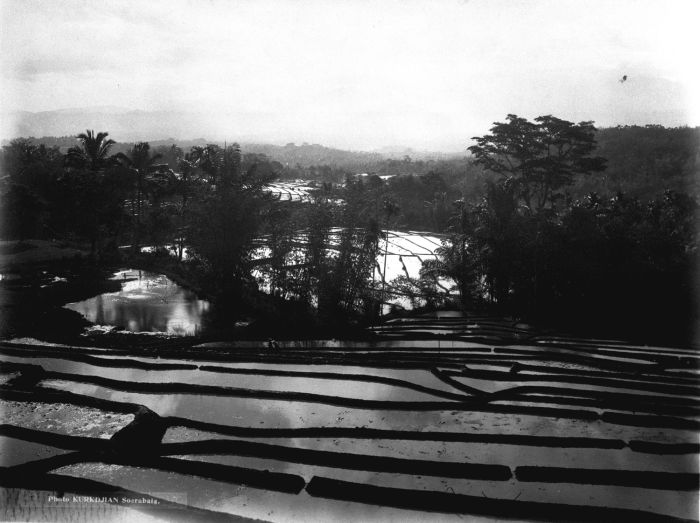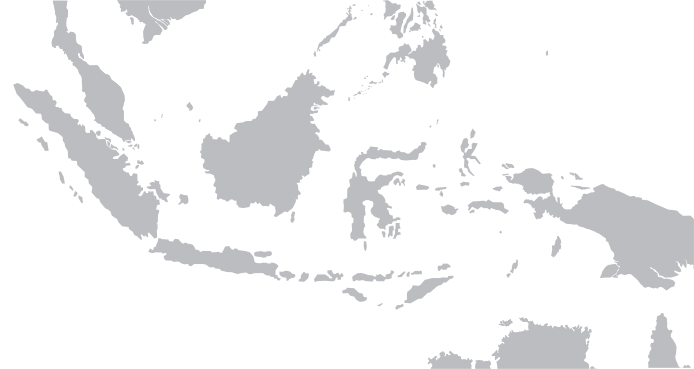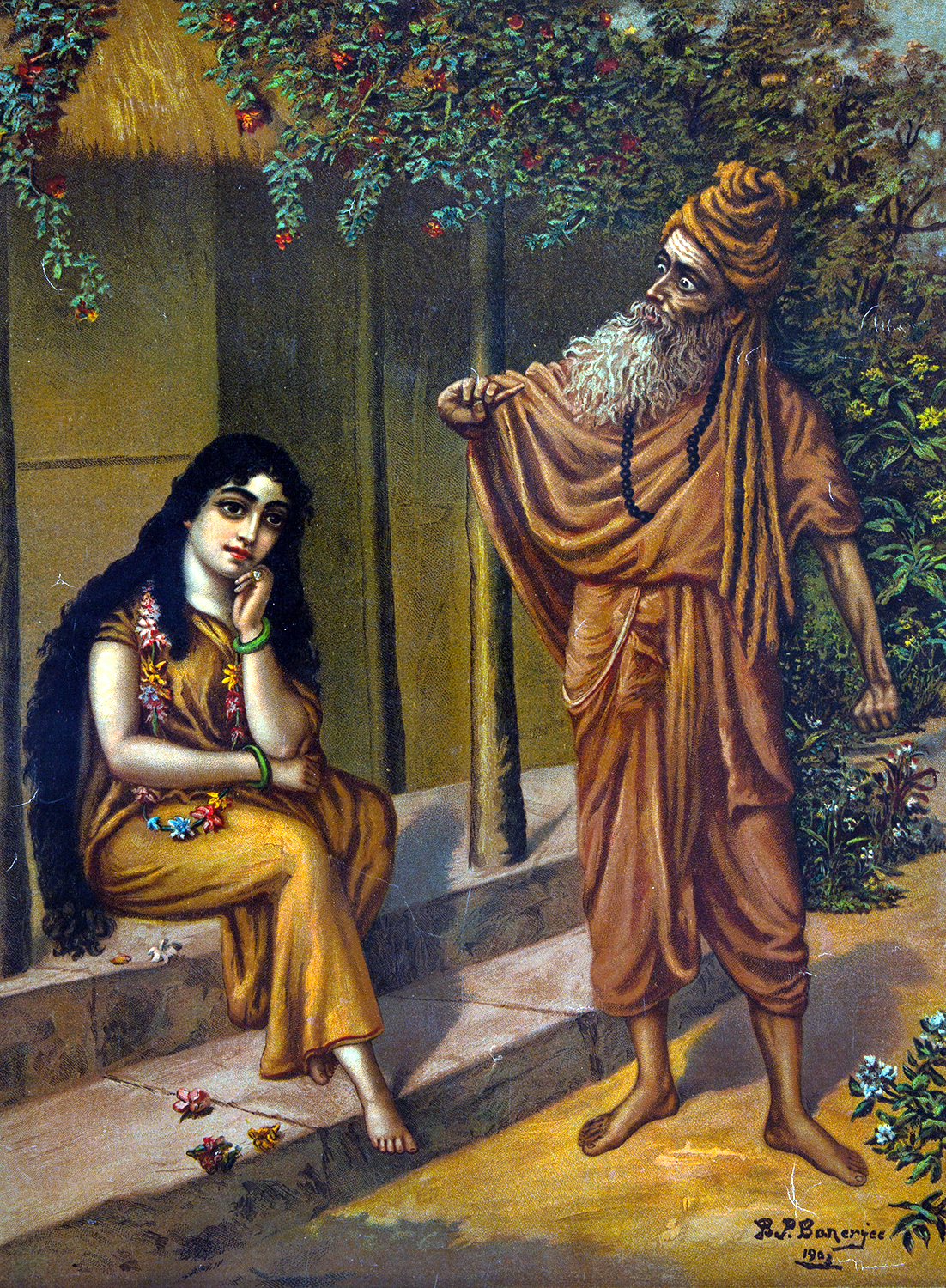|
Sandiwara
''Sandiwara'' (Indonesian term for: "drama") is a genre of traditional theatrical drama of Indonesia. In general, it refers to any kind of drama or theatrical performances, and literally ''sandiwara'' means "to pretend" or "to act". However, the term is often used to describe a genre of traditional drama of West Java. ''Sandiwara Sunda ''is a type of ''sandiwara'' performed in Sundanese and presenting Sundanese themes, folklores and stories. It is quite similar to Javanese '' ketoprak'' or ''wayang orang''. Today, this traditional drama has become less popular. Many ''sandiwara'' troupes are struggling to survive, including the once famous ''Sandiwara Miss Tjitjih''. Form ''Sandiwara'' might be accompanied with a live traditional gamelan '' degung'' orchestra, modern electric organ and guitar, or recorded music. Sometimes traditional '' tembang Sunda'' and '' jaipongan'' dance interludes are included during the play. The play is usually presented in Sundanese, Indonesian or C ... [...More Info...] [...Related Items...] OR: [Wikipedia] [Google] [Baidu] |
Gamelan
Gamelan () ( jv, ꦒꦩꦼꦭꦤ꧀, su, ᮌᮙᮨᮜᮔ᮪, ban, ᬕᬫᭂᬮᬦ᭄) is the traditional ensemble music of the Javanese, Sundanese, and Balinese peoples of Indonesia, made up predominantly of percussive instruments. The most common instruments used are metallophones played by mallets and a set of hand-played drums called '' kendhang/Kendang'', which register the beat. The kemanak (a banana-shaped idiophone) and gangsa (another metallophone) are commonly used gamelan instruments in Bali. Other instruments include xylophones, bamboo flutes, a bowed instrument called a ''rebab'', a zither-like instrument '' siter'' (in Javanese ensemble) and vocalists named '' sindhen'' (female) or ''gerong'' (male).Sumarsam (1998)''Introduction to Javanese Gamelan'' Middletown. Although the popularity of gamelan has declined since the introduction of pop music, gamelan is still commonly played in many traditional ceremonies and other modern activities in Indon ... [...More Info...] [...Related Items...] OR: [Wikipedia] [Google] [Baidu] |
West Java
West Java ( id, Jawa Barat, su, ᮏᮝ ᮊᮥᮜᮧᮔ᮪, romanized ''Jawa Kulon'') is a province of Indonesia on the western part of the island of Java, with its provincial capital in Bandung. West Java is bordered by the province of Banten and the country's capital region of Jakarta to the west, the Java Sea to the north, the province of Central Java to the east and the Indian Ocean to the south. With Banten, this province is the native homeland of the Sundanese people, the second-largest ethnic group in Indonesia. West Java was one of the first eight provinces of Indonesia formed following the country's independence proclamation and was later legally re-established on 14 July 1950. In 1966, the city of Jakarta was split off from West Java as a 'special capital region' (), with a status equivalent to that of a province, while in 2000 the western parts of the province were in turn split away to form a separate Banten province. Even following these split-offs, West J ... [...More Info...] [...Related Items...] OR: [Wikipedia] [Google] [Baidu] |
Indonesia
Indonesia, officially the Republic of Indonesia, is a country in Southeast Asia and Oceania between the Indian and Pacific oceans. It consists of over 17,000 islands, including Sumatra, Java, Sulawesi, and parts of Borneo and New Guinea. Indonesia is the world's largest archipelagic state and the 14th-largest country by area, at . With over 275 million people, Indonesia is the world's fourth-most populous country and the most populous Muslim-majority country. Java, the world's most populous island, is home to more than half of the country's population. Indonesia is a presidential republic with an elected legislature. It has 38 provinces, of which nine have special status. The country's capital, Jakarta, is the world's second-most populous urban area. Indonesia shares land borders with Papua New Guinea, East Timor, and the East Malaysia, eastern part of Malaysia, as well as maritime borders with Singapore, Vietnam, Thailand, the Philippines, Australia, Palau, an ... [...More Info...] [...Related Items...] OR: [Wikipedia] [Google] [Baidu] |
Sri Baduga Maharaja
Sri Baduga Maharaja ( Sundanese: ) or Sang Ratu Jayadewata (born 1401) was the great king of the Hindu Sunda kingdom in West Java, reigned 1482 to 1521 from his capital in Pakuan Pajajaran. He brought his kingdom greatness and prosperity. King Jayadewata often linked with King Siliwangi, the semi-legendary great king of Sunda. Sri Baduga's reign was remembered as the age of peace and prosperity among Sundanese people. Some historian suggests, that the legendary king Siliwangi of Pajajaran, popular in Sundanese oral tradition and literature, was actually based upon him. However, other historian suggests that King Siliwangi might be inspired by other Sunda king. Historiography The historical record of his reign can be found in Batutulis inscription, discovered in Bogor, where he is known in his formal stylized name ''Sri Baduga Maharaja Ratu Haji di Pakwan Pajajaran Sri Sang Ratu Dewata''. The inscription was created not during Sri Baduga's reign, but later in 1533 by Sri Baduga's ... [...More Info...] [...Related Items...] OR: [Wikipedia] [Google] [Baidu] |
Dutch East Indies
The Dutch East Indies, also known as the Netherlands East Indies ( nl, Nederlands(ch)-Indië; ), was a Dutch colony consisting of what is now Indonesia. It was formed from the nationalised trading posts of the Dutch East India Company, which came under the administration of the Dutch government in 1800. During the 19th century, the Dutch possessions and hegemony expanded, reaching the greatest territorial extent in the early 20th century. The Dutch East Indies was one of the most valuable colonies under European rule, and contributed to Dutch global prominence in spice and cash crop trade in the 19th to early 20th centuries. The colonial social order was based on rigid racial and social structures with a Dutch elite living separate from but linked to their native subjects. The term ''Indonesia'' came into use for the geographical location after 1880. In the early 20th century, local intellectuals began developing the concept of Indonesia as a nation state, and set the ... [...More Info...] [...Related Items...] OR: [Wikipedia] [Google] [Baidu] |
Toneel
''Toneel'' ( Dutch word for: "theatre") is a genre of theatrical drama performance developed in early 20th-century Dutch East Indies (modern-day Indonesia). Compared to earlier native musical dramas, such as the Malay '' bangsawan'' and '' Komedie Stamboel'', ''toneel'' adapted more European stylings, with an emphasis on spoken dialogue and a reduction in the amount of music used during the performance; thus the genre is called ''toneel'', an adaptation of the Dutch word for theatre. One of the notable ''toneel'' troupe is Dardanella that gain popularity in East Indies back in 1920s. The play is presented in Malay and often featured themes and adaptations derived from popular Hollywood productions for the stage, including '' The Mark of Zorro'', '' The Three Musketeers'' and '' The Thief of Bagdad''. The ''toneel'' drama later influenced the development of film industry in the Dutch East Indies, and also influenced native Indonesian musical dramatic forms such as sandiwara ... [...More Info...] [...Related Items...] OR: [Wikipedia] [Google] [Baidu] |
Sangkuriang
Sangkuriang (Sundanese: ᮞᮀᮊᮥᮛᮤᮃᮀ) is a legend among Sundanese people in Indonesia. The legend tells about the creation of Lake Bandung, Mount Tangkuban Parahu, Mount Burangrang and Mount Bukit Tunggul. The legend of Sangkuriang tells the story of a young man who falls in love with his own mother, which is somewhat comparable to the Greek tragedy Oedipus. From the legend, we can determine how long the Sundanese have been living in Java island. Firmly supported by geological facts, it is predicted that the Sundanese have been living on Java Island since a thousand years BC. The legend of Sangkuriang was almost certainly a story of oral tradition before being written down. The first written reference to Sangkuriang legend appeared in the Bujangga Manik manuscript written on palm leaves at the end of the 15th century or the early 16th century AD. Prince Jaya Pakuan, alias Prince Bujangga Manik or prince Ameng Layaran, visited all of the sacred Hindu sites in ... [...More Info...] [...Related Items...] OR: [Wikipedia] [Google] [Baidu] |
Lutung Kasarung
Lutung Kasarung is a Sundanese folklore tale from West Java, Indonesia. Set in the Pasir Batang Kingdom, it tells the tale of a magical lutung (a type of black monkey) who helped a beautiful princess, Purbasari Ayuwangi, when her older sister attempted to rob her of her status as crown princess. Lutung Kasarung in Sundanese language which literally means "The Lost Ape", is from an old Sundanese quatrain. The theme and moral of the legend are similar to those of the European folktale "Beauty and the Beast". Sources Before it was put in written form, this legend was transmitted via Pantun Sunda, a traditional Sundanese oral performance. It was later written down by Sundanese writers, in both the Sundanese and Indonesian languages. Summary In the heaven called Svargaloka, there lived a handsome and powerful god named Batara Guruminda Kahyangan. He had almost become the highest god in the heaven; but in his pride, he defied Batari Sunan Ambu, the highest mother goddess in Sundanese ... [...More Info...] [...Related Items...] OR: [Wikipedia] [Google] [Baidu] |
Shakuntala
Shakuntala (Sanskrit: ''Śakuntalā'') is the wife of Dushyanta and the mother of Emperor Bharata. Her story is told in the '' Adi Parva'' of the ancient Indian epic ''Mahabharata'' and dramatized by many writers, the most famous adaption being Kalidasa's play '' Abhijñānaśākuntala'' (''The Sign of Shakuntala''). Legends Birth Once, Vishvamitra started to meditate to earn the status of a Brahmarshi. The intensity of his penance frightened Indra. He feared that Vishvamitra might want his throne. To end his penance, Indra sent Menaka, an apsara, to lure him and bring him out of his penance. Menaka reached Vishwamitra's meditating spot and started to seduce him. Vishvamitra could not control his lust and desire and his penance was broken. Vishvamitra and Menaka lived together for a few years and a daughter was born to them. Later, Vishvamitra realized that all those things were Indra's tricks. He realized that he needed to control his emotions. Vishvamitra left Menaka an ... [...More Info...] [...Related Items...] OR: [Wikipedia] [Google] [Baidu] |
Pajajaran
Pakuan Pajajaran (or ᮕᮊᮥᮝᮔ᮪ᮕᮏᮏᮛᮔ᮪/ Dayeuh Pakuan/Pakwan or Pajajaran) was the fortified capital city of Sunda Kingdom. The location is roughly corresponds to modern Bogor city in West Java, Indonesia, approximately around the site of Batu Tulis. The site is revered as the spiritual home of Sundanese people as it contains much of shared identity and history of Sundanese people. The city was settled since at least the 10th century, but not gaining major political importance until Sri Baduga Maharaja established it as the royal capital of Sunda kingdom in the 15th century. In 1513, the city was visited by its first European visitor, Tomé Pires, the Portuguese envoy. According to his report, the city of ''Daio'' (''Dayeuh'' is a Sundanese term for "capital city") was great city, with population around 50,000 inhabitants. After the reign of King Jayadewata (Sri Baduga Maharaja), Pakuan Pajajaran served as the royal capital for several generations. ''Dayeuh'' P ... [...More Info...] [...Related Items...] OR: [Wikipedia] [Google] [Baidu] |
Indramayu
Indramayu ( jv, ꦆꦤ꧀ꦢꦿꦩꦪꦸ; zh, 南麻由), named after the God Indra, is a town and district which serves as the capital of Indramayu Regency in the West Java province of Indonesia, and is located in the northern coastal area of West Java, east from Jakarta, north-east from the city of Bandung, and north-west of the city of Cirebon. Most of its land are situated below sea level, which makes the district vulnerable to high tide in stormy conditions. The district is only protected by some dunes and barrages at the seaside. Administrative divisions Indramayu is divided into 18 villages which are as follows: *Bojongsari *Dukuh *Karanganyar *Karangmalang *Karangsong *Kepandean *Lemahabang *Lemahmekar *Margadadi *Pabean Udik *Paoman *Pekandangan *Pekandangan Jaya *Plumbon *Singajaya *Singaraja *Tambak *Telukagung Climate Indramayu has a tropical savanna climate of Aw sub-type with moderate to little rainfall from May to November and heavy rainfall from December to ... [...More Info...] [...Related Items...] OR: [Wikipedia] [Google] [Baidu] |



